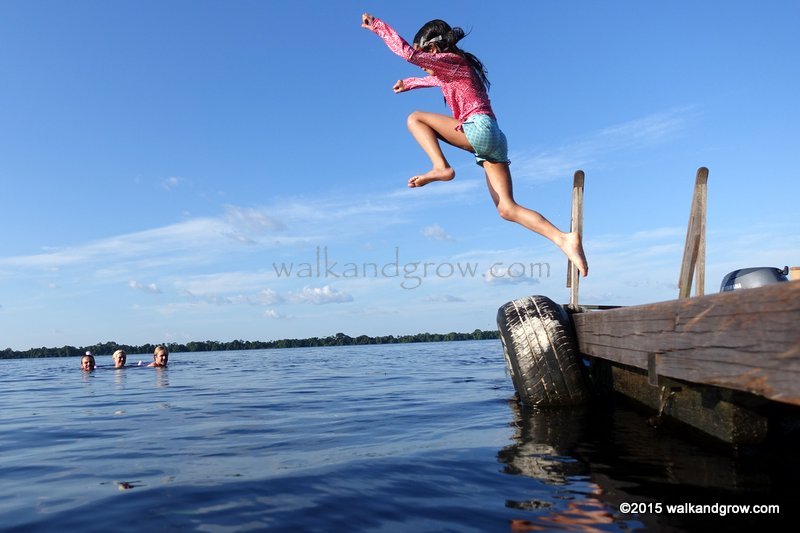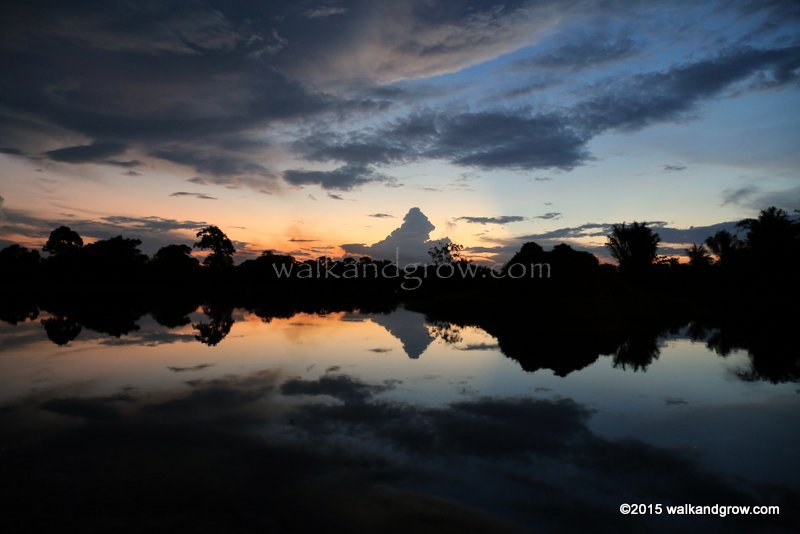Viewpoint from the Nest : Travel parenting insights
Manaus is the gateway to the Brazilian Amazon, and has a stronger association to the Amazonian river, than does Peru, Bolivia and Ecuador. It is however, a long river, and we eventually went to three different locations in Peru and Brazil, and had three very different experiences. Brazil’s strong economy has made their tourists a major contributor to the region’s tourism, and unsurprisingly, the Brazilian Amazon is well developed and managed. The lodges offer well-structured excursions, and are reassuring for first time travellers and families with younger children. The jungles were so lush that it was hard to see any wildlife, or even many birds. Jungle walks were a little standardized as the guides show the same trees, vines, insects and the occasional monkey to rotating groups of tourists, which is fascinating to the first timer.
However, we were aching to see something more than what was offered, especially after being in the Pantanal, and found it outside the lodge experience. We went with an after-hours excursion from Manaus to see a river town, desiring to see something more local and less manicured. That side trip became an unexpected major highlight, with a river boat ride through sight obscuring reeds several meters high, personal encounters with baby anacondas and three toed sloths at the village rescue centre, and a close examination of the Victoria Amazonica, the largest lily pad in the world.
Manaus is great for families and young kids as there are many activities like jungle hikes, kayaking trips, and piranha fishing. However, once again, we found some of the best experiences just slightly outside the beaten path, especially if you want a more educational and interactive experience.
Manaus is a gateway into the Brazilian Amazon, and it was out of our way, but Yi Ta really wanted this trip as it was something many of us have read and dreamt about exploring. Thick and steamy jungles, teeming with exotic wildlife and filled with strange sounds. The Amazonian river cuts through several countries, including Peru and Bolivia, and they all represent different experiences; however, Brazil is the one the Amazon is most associated with. It’s quieter than expected, with the jungle effectively hiding the wildlife; however, this allows your attention to be drawn to the different species of trees, and insects that do surround you. The river where we were was alkaline, like in the Pantanal; this meant less insects and birds and no mosquitoes, which was a blessing.
Most Amazonian lodges are an hour or more away by boat; the city Manaus itself is a former successful rubber producing city that’s now the hub for manufacturing electronic parts for phones and the like. The rubber production went to Malaysia, so there was a real connection to Yi Ta’s great grandfather, who was a rubber producer there. There’s still a fascinating port, and the river communities nearby were as interesting as the river lodges themselves. We took a small boat out from the port, and had a chance to visit an animal rescue centre. It was in effect, a small home within a fishing community. They were tasked to care for animals that were injured; but there was no clear rehabilitation, so it isn’t clear what happens to them eventually. Here we found a three toed sloth, and a “baby” anaconda. The sloths often get tangled in fishermen’s nets as they swim across rivers; tragically, the sloths are usually killed by the fishermen as they damage the nets trying to escape. The anaconda was incredibly strong, and required a few firm hands to pry my arm out of its coils; it was incredibly heavy, and when full grown, could be 5m and over 50 kg in weight.
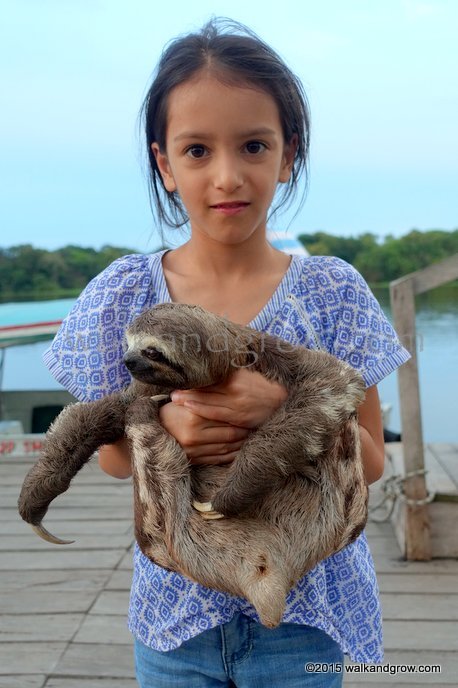
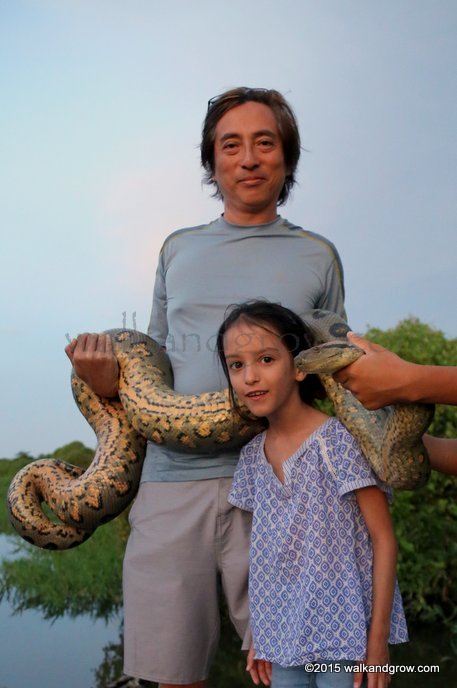
The government pays this family to look after the animals, but they aren’t the most popular people in the village as they highlight the issues with the animals. We pay a visit and offer a small donation to the cause, but it isn’t clear if this effort is going to succeed. We also sought out the giant Amazonian lily pad, which could grow up to 2.5m in diameter and support the weight of a full grown person. They have defensive spines at the bottom, but it was a rare find for us. The changing climate led to a sudden rise in the water levels here, drowning most plants; in Peru, the plants we sought died when ponds dried up over the course of a week. It was incredibly rubbery and resilient, and we had to resist the temptation to test its weight bearing reputation with Colette.
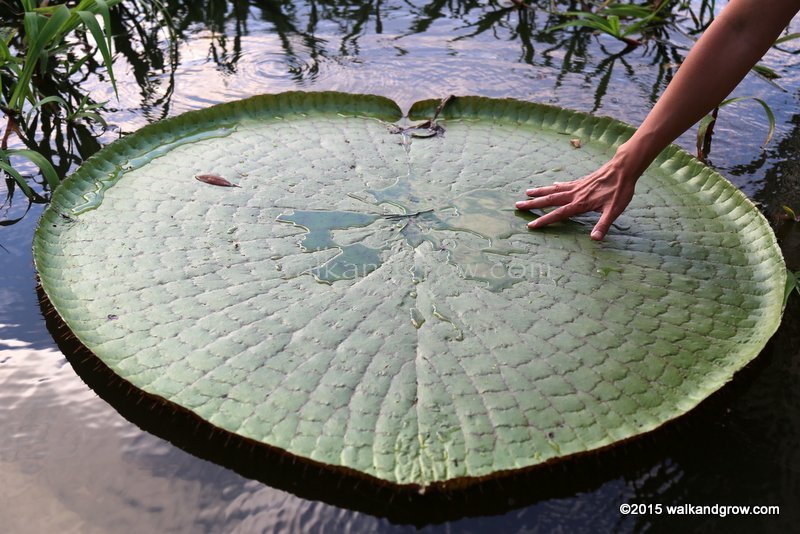
We stayed in an upscale lodge, which provided 2-3 excursions daily to explore the area. These included river tours, jungle walks, community visits, kayaking trips and piranha fishing. The lodgings were outstanding, and we met a fabulous Brazilian/Columbian family with two lovely daughters who Colette had a great time with. It’s been a revelation how many friends she’s been able to make on this trip, and how children get along so well even if they are from such different cultures. She disappeared with them for hours, and the few common areas made it really safe for them to wander off on their own.
We got to meet a different species of piranha (there are 30 to 60 different species, the lack of definition demonstrating how much more we have to learn), and Colette caught a couple more. She was getting more comfortable with this, and was more eager despite their sharp little teeth and powerful jaws. You can see from the photo below the piranha hole-puncher effect on a thick Amazonian leaf.
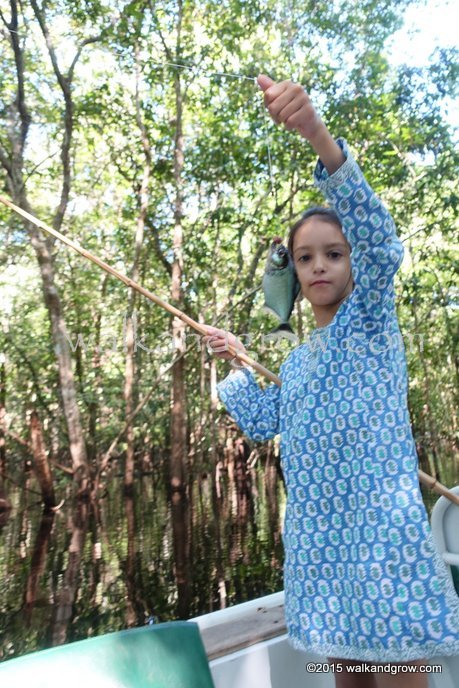
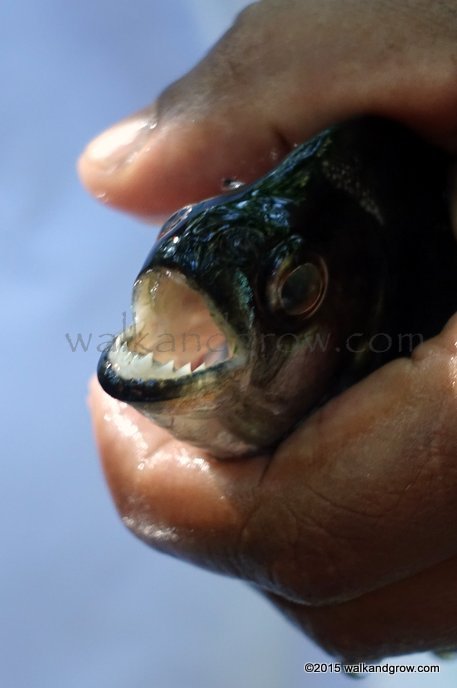
And here we saw first-hand how fast they bite, and why they were dangerous both in the water and out of the water.
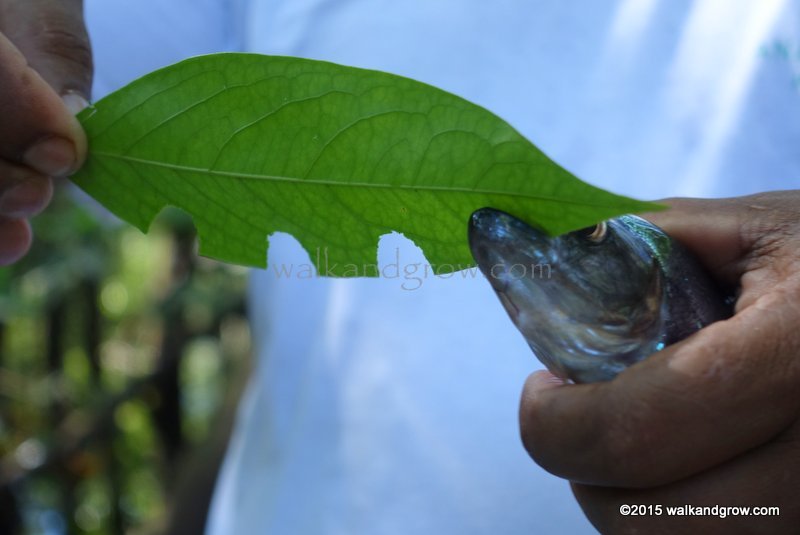
During the jungle walks, we learnt about the medicinal values of many of the trees and plants; and how many of their curative properties have been researched (and patented) by pharmaceutical companies. We also found out that Tarzan doesn’t swing on vines, but Colette swings on tree roots that grow many meters from the top of trees. We found out that termites create small tunnels on trees, and swarm out harmlessly if you break the tunnels. And we found out that a fire ant/tree mutualism has a colony of ants protect a tree by destroying any form of life around that tree. The bites are incredibly painful, as Colette unfortunately found out; some tribes use the ants as a form coming to age ritual for boys by thrusting their hands into a “glove” of ants. The things guys do to attract girls.
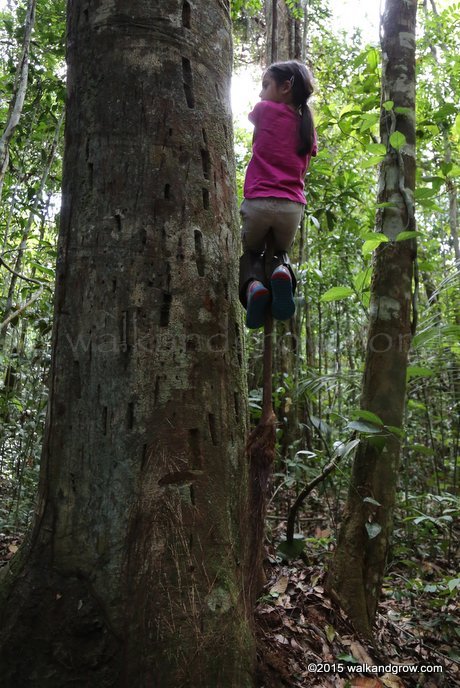
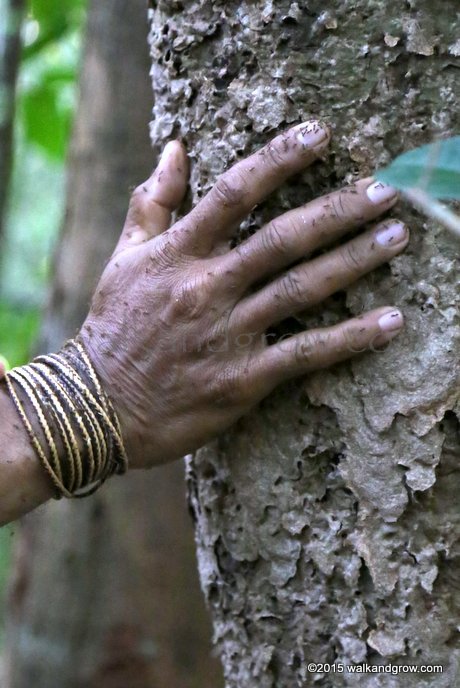
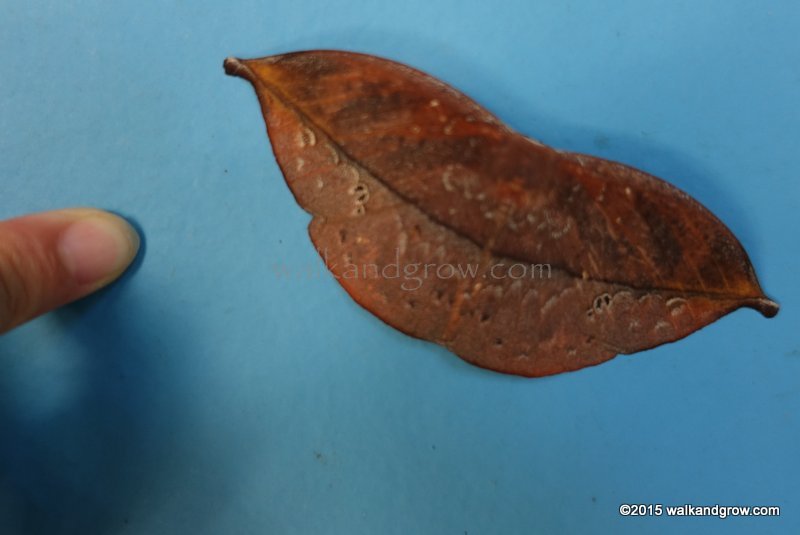
We also found the most amazing insects, including this leaf impersonating butterfly just outside our room. We actually thought it was a leaf for the better part of a day before Colette pointed out that it moved. We also had the opportunity to take a dive into the Amazonian river, surrounded by Pirahna, and into waters so dark we couldn’t see more than a few centimetres. We could see how we were becoming more comfortable with nature, and especially so with Colette. The river is a magical place.
